On Location: The BodyCartography Project Talks About the Importance of Place
Before the launch of their dance series at the Bryant Lake Bowl, Camille LeFevre chats with Olive Bieringa and Otto Ramstad about how the essence of a location figures into their performance projects.
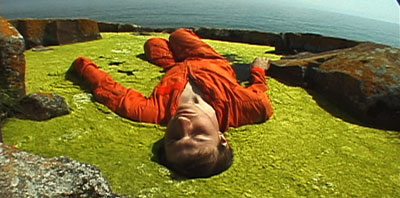
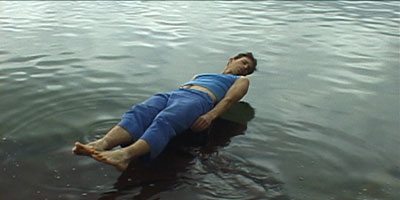


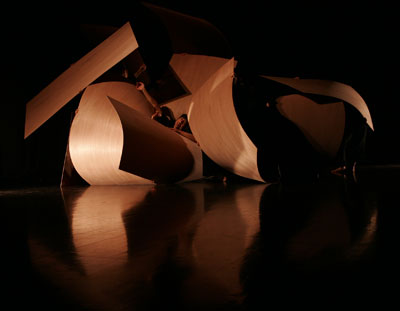

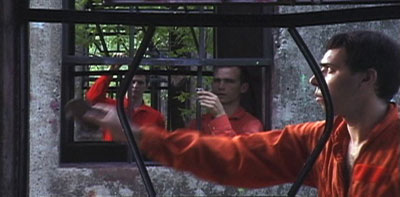
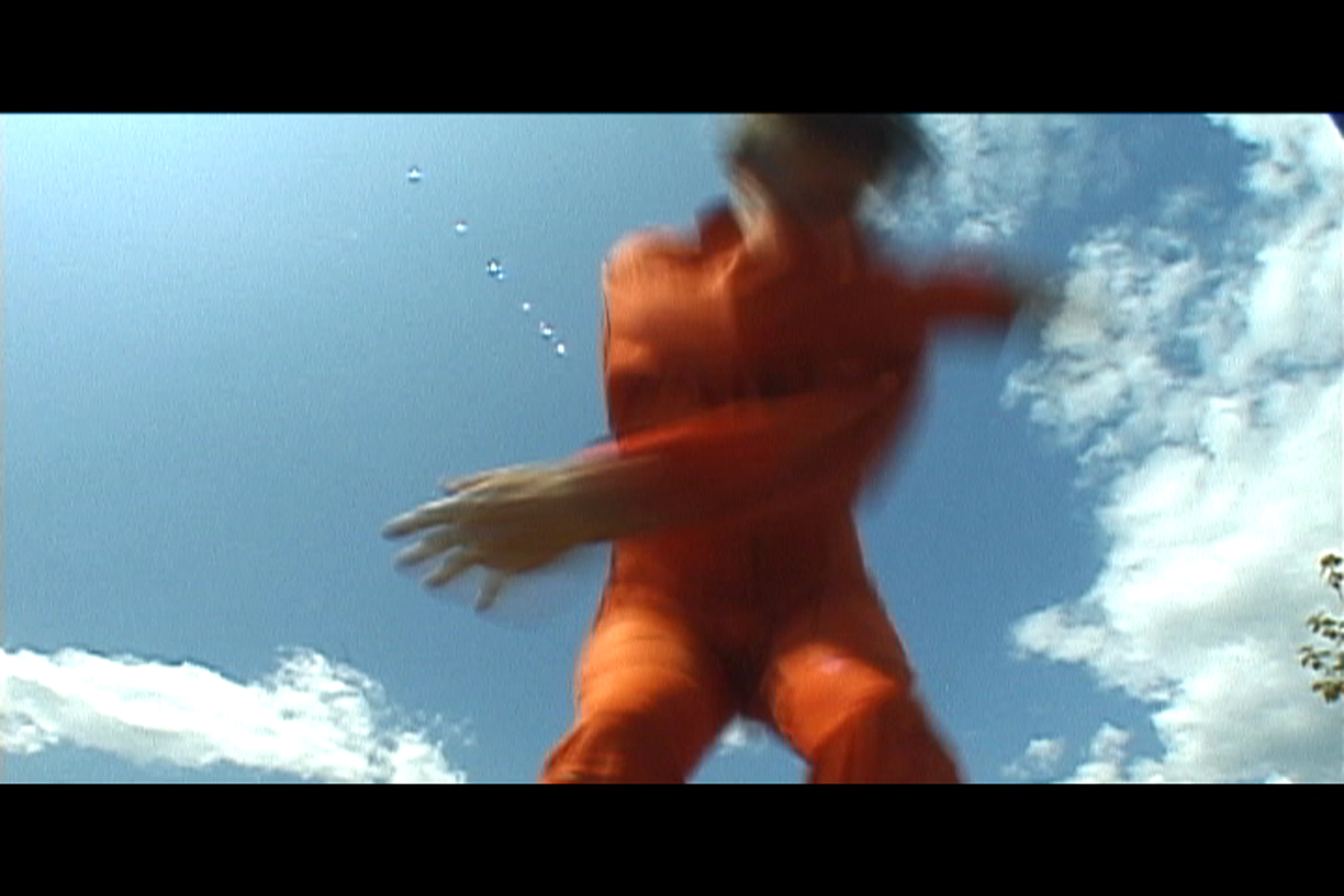
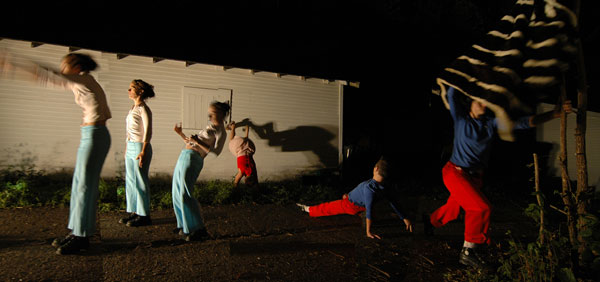
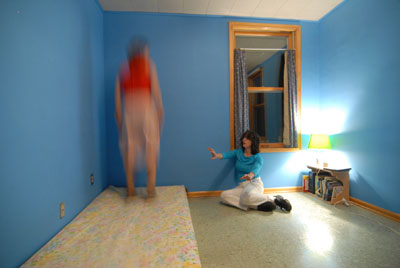
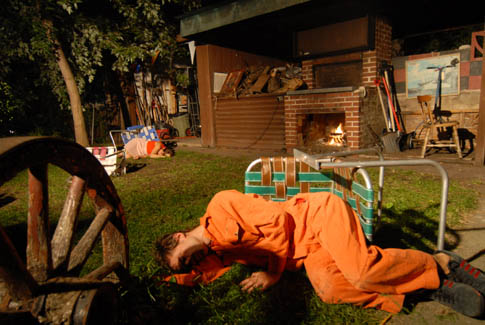
Before heading out of town during the holiday break, I arranged a phone interview with Olive Bieringa and Otto Ramstad about their three January shows at Bryant Lake Bowl. Last Sunday, January 6, Ramstad joined his fellow performers from Miguel Gutierrez’s New York troupe, Powerful People (in town for a Walker Art Center gig), in a collaborative program of new works (Downtown Comes Uptown). On Sunday, January 20, Bieringa and Ramstad (as the On the middle Sunday, January 13, BodyCartography presents a series of dance films, collectively titled Moving Image: Minnesota, that Bieringa, Ramstad and friends made from 2004-2007 at places in Minneapolis and throughout Minnesota. One of these films is Seawall (2004, 20 minutes), in which performers walk on, hop down, and roll onto—sometimes in hazard-orange clothing—the Lake Superior seawall in Grand Marais. Another is Nicollet Avenue (2007, 14 minutes), in which Bieringa and Bryce Beverlin II—dressed in suits—startle onlookers by crawling in the street, rolling on patches of grass, or arduously “pulling” themselves along sidewalk cracks.
As a scholar of site-specific dance, I’ve learned that “site-specific” is a broad term used by (most) choreographers, critics, and presenters to describe almost any dance performance not occurring on a concert stage. It encompasses work from Merce Cunningham’s “events” (the splicing together of sections from various concert dances for a one-time performance on a flat surface—a platform, a piazza—not within a concert hall) to Trisha Brown staging an iteration of her famous
“Because these spaces are military, they’re places you don’t know much about,” he continues. “They’re interpretation is very open. I can only take them out of context because I don’t know what they’re really made for, so it’s more creative for me to interpret what I would do there because of the unknown they hold for me and for most people.”
It is intriguing to watch these films with an eye to what choreography might have been created in situ: if and how the performers’ bodies and movements respond to physical structures and textures of the site, the ways in which the dancing body performs differently off the concert stage. But I also long for more, for a depth of orientation to the performance site that will reveal something of the silent partner that I would not, could not, have known without witnessing the performance.
Which brings me to Holiday House (2007, 14 minutes), which originated with a film shot in Bieringa and Ramstad’s home, then evolved into a concert performance in 2006 as part of the Momentum Series, and last year was performed (in another iteration) back in and around Bieringa and Ramstad’s house with the film projected on garages in the alley. As obscure as it was fun, the in-situ house version provided audiences with plenty of vantage points from which to watch performers knit on the couch, slice up vegetables, cavort like overgrown children over furniture and through the mud, ride bikes in the alley and sulk around a table.
What the piece communicated about the house, its inhabitants and their friends, however, seemingly had more to do with Bieringa and Ramstad’s conceptual ideas about performance than with the location itself. Still, I had to ask whether they consider Holiday House, because the three-part project actually centered around their house, to be their most site-specific work. “I never thought about it in that way,” Bieringa responds. “What was interesting to me was that we got to explore three different ways of sharing it with an audience.”
About the writer: Camille LeFevre is a Twin Cities dance critic and independent scholar who presents her research on site-specific dance at conferences around the country.
What: Three Sundays of Dance presented by The BodyCartography Project
Where: Bryant Lake Bowl, Minneapolis, MN
When: January 13, Moving Image: Minnesota with special guest, Elliott Durko Lynch, 7 pm; January 20, Part 1: Made in Japan with special guest Anna Marie Shogren, 7 pm
Admission: Tickets are $10 at the door or online at the Bryant Lake Bowl website. For more info call the Bryant Lake Bowl at 612.825.8949.